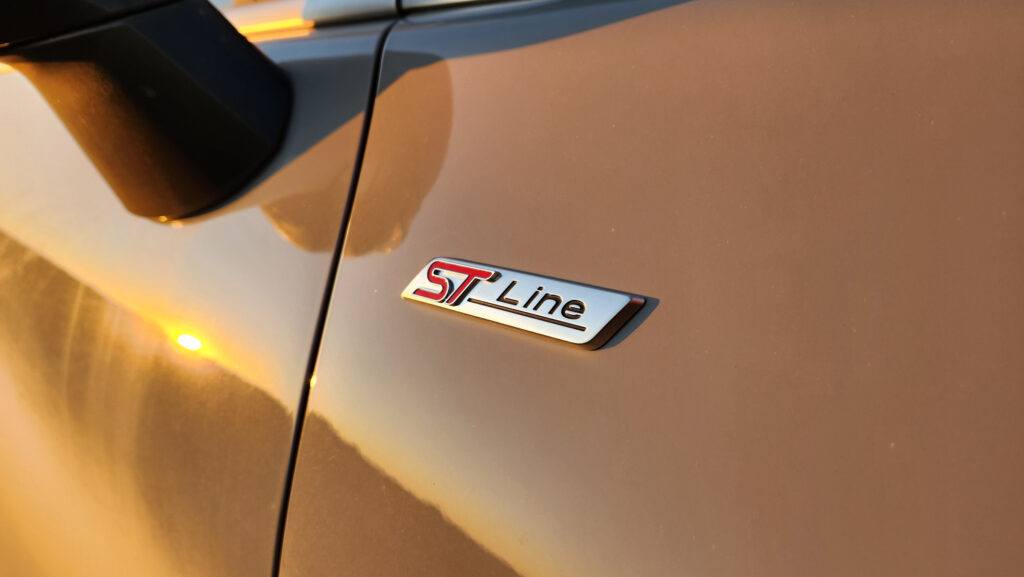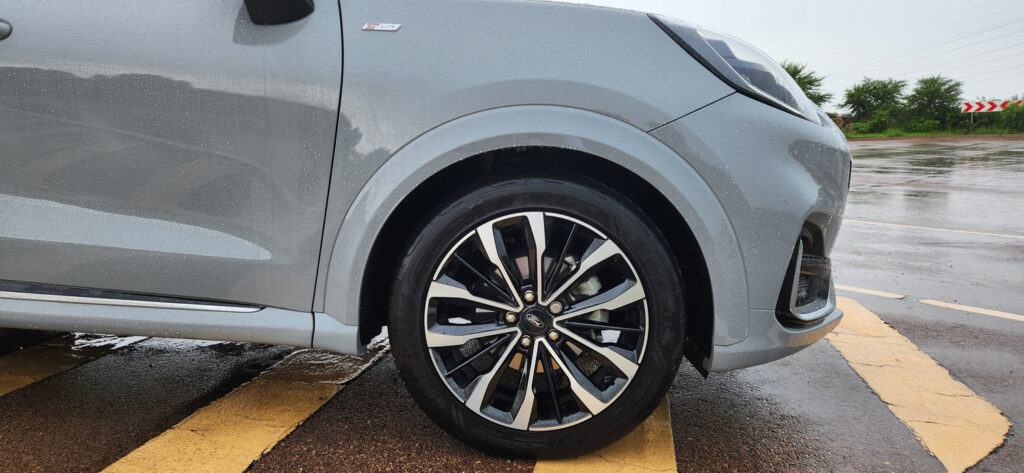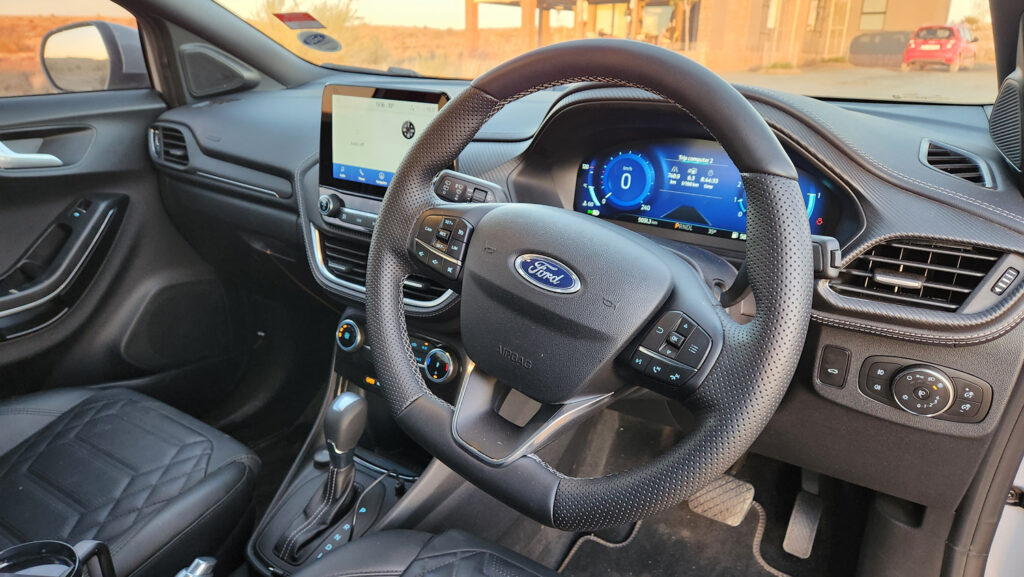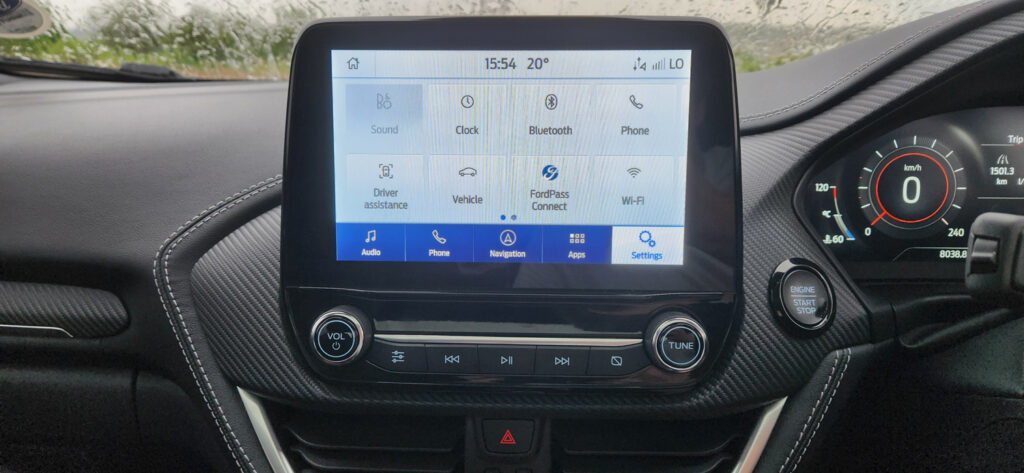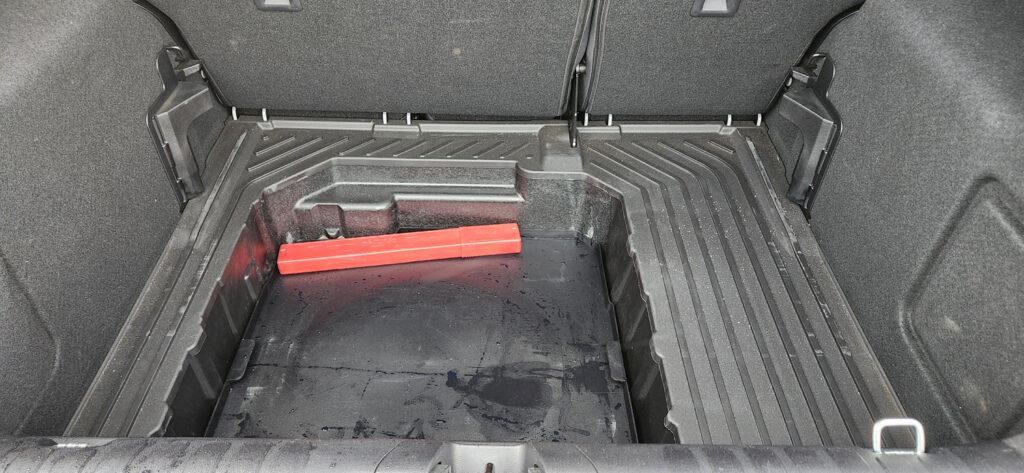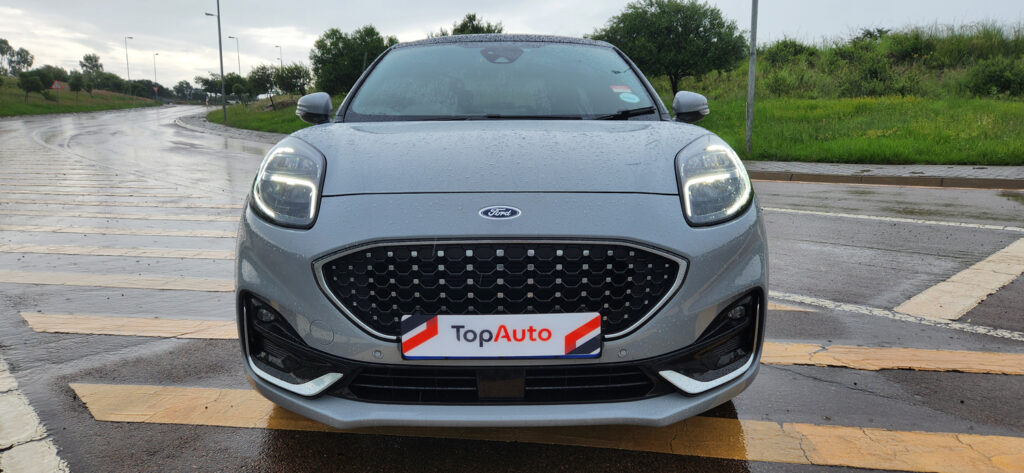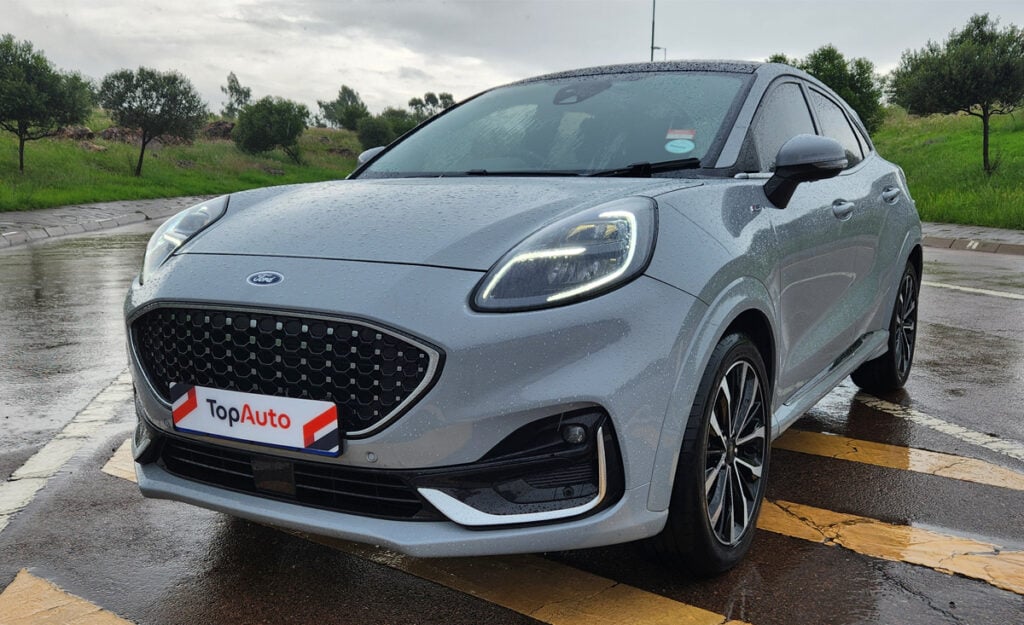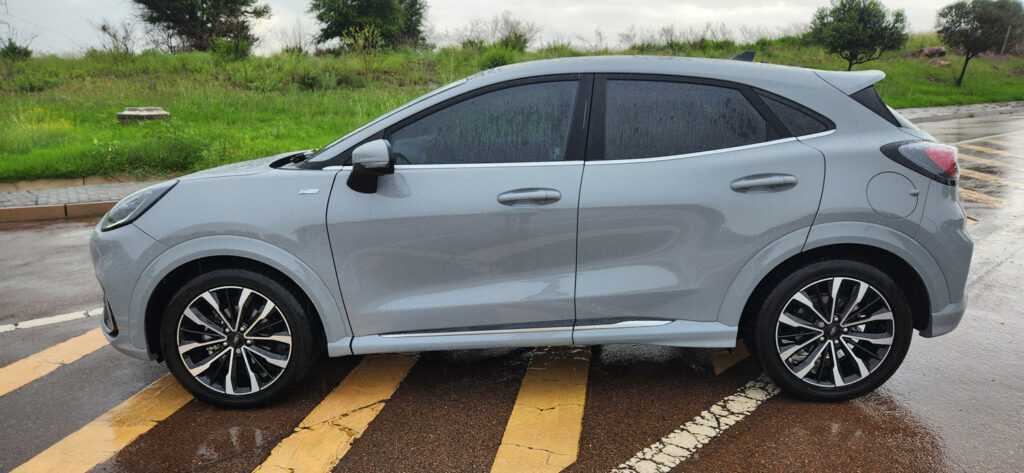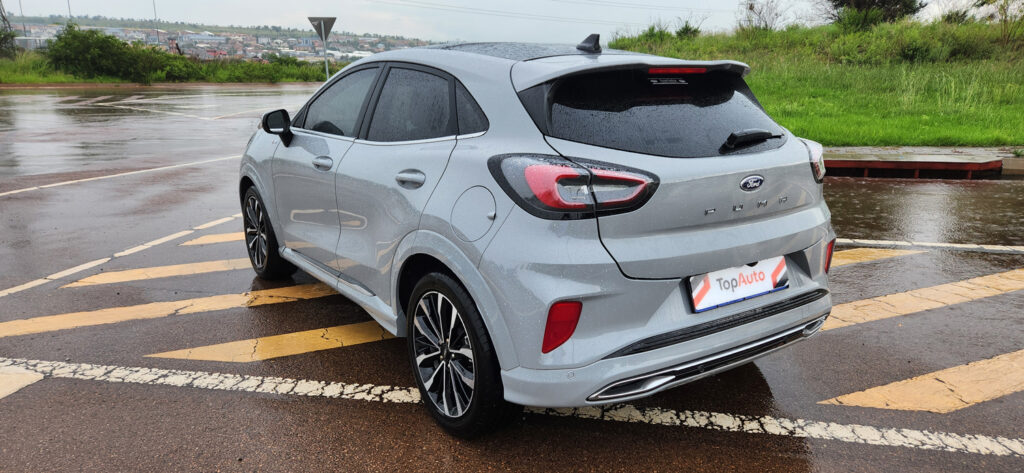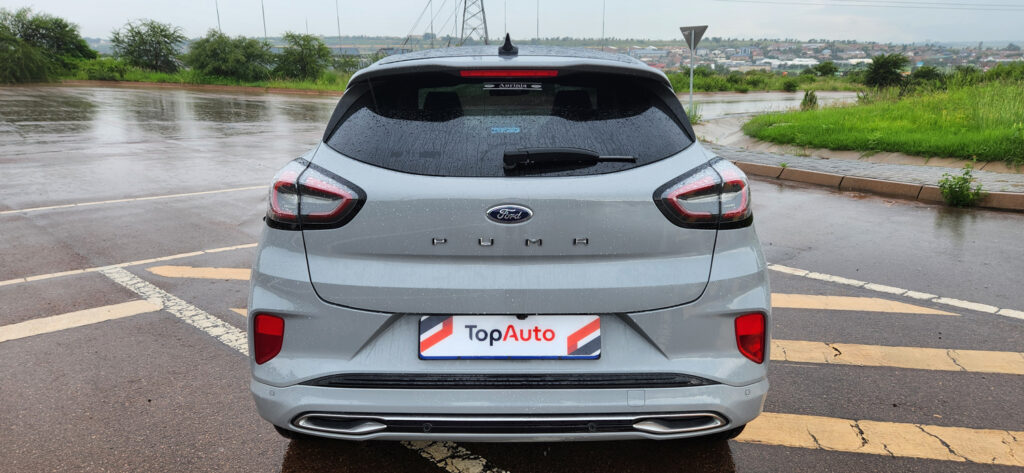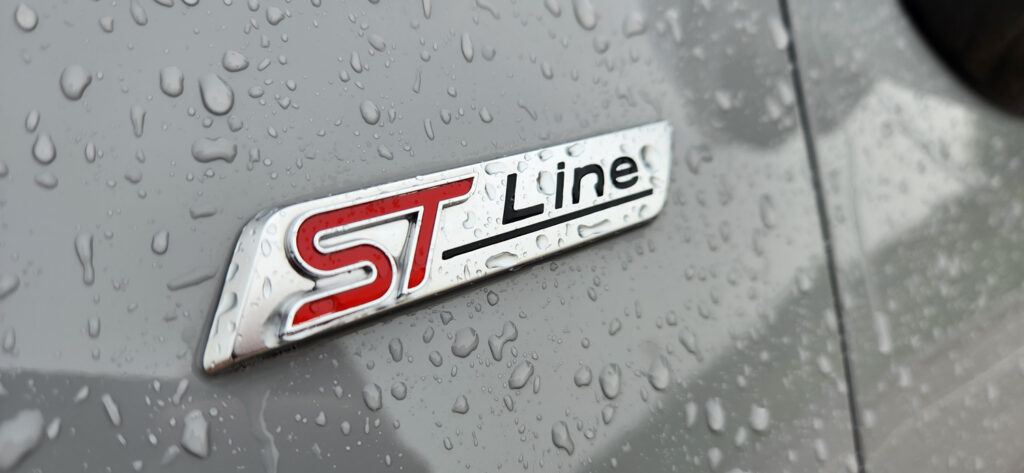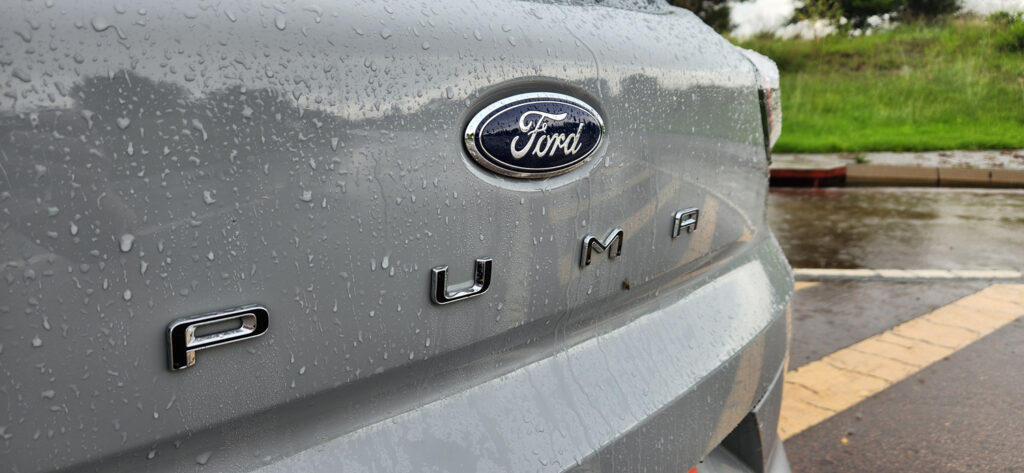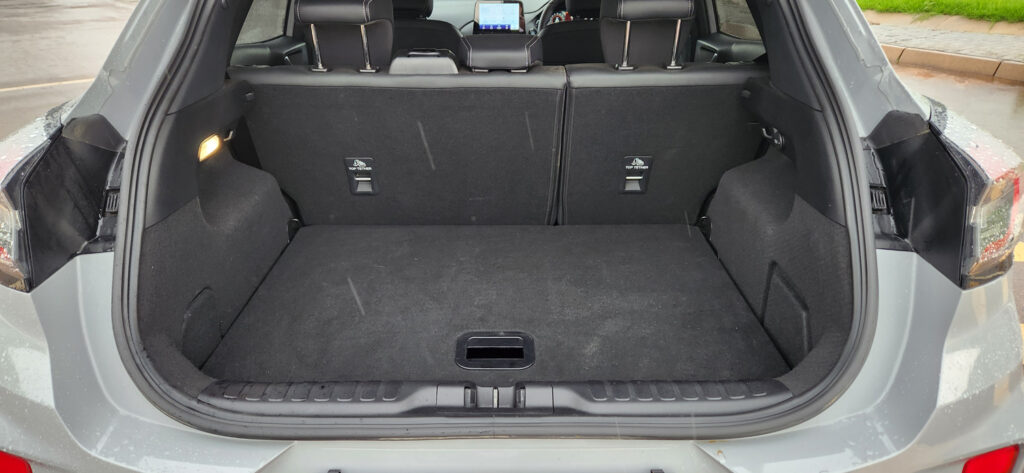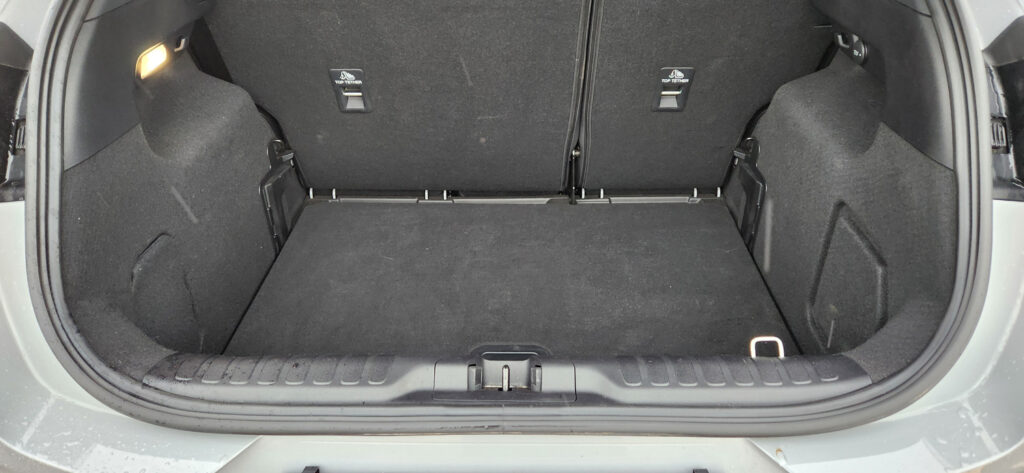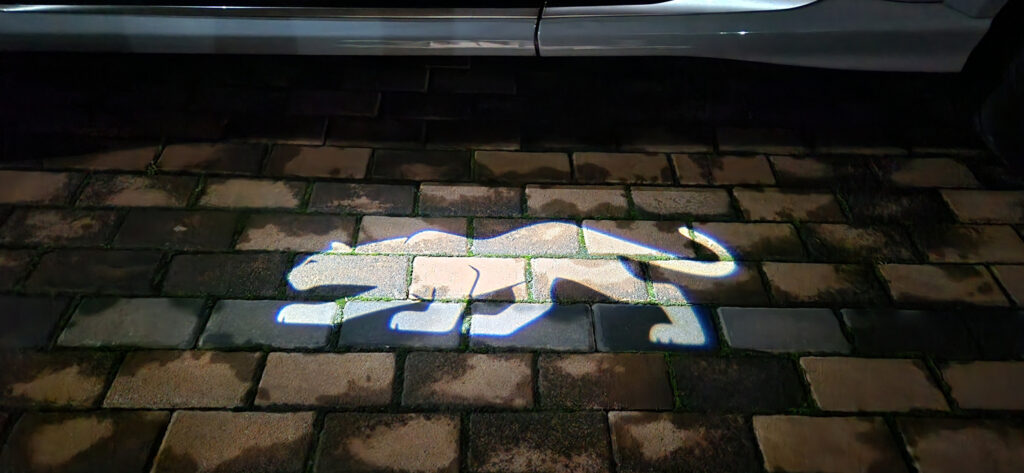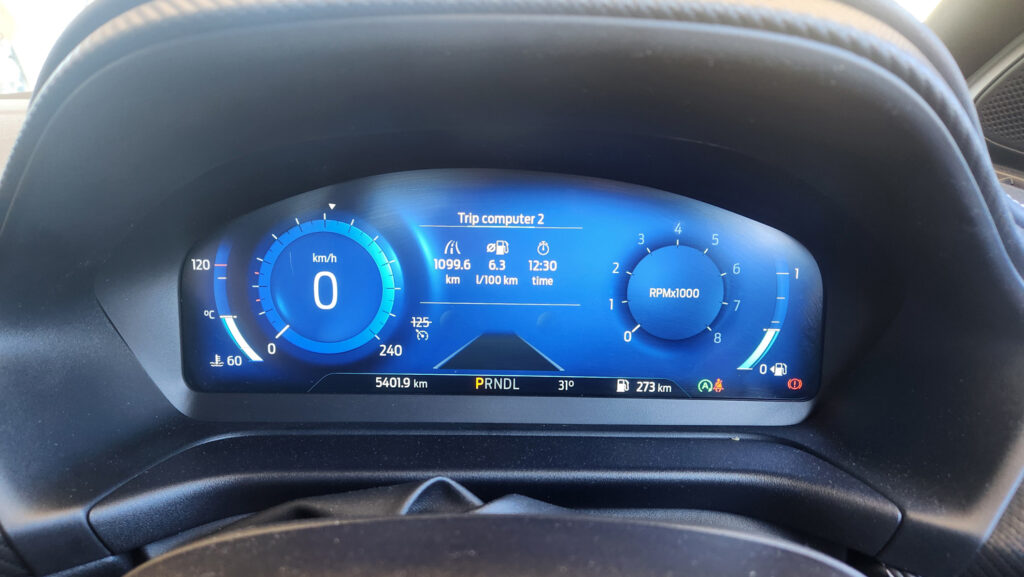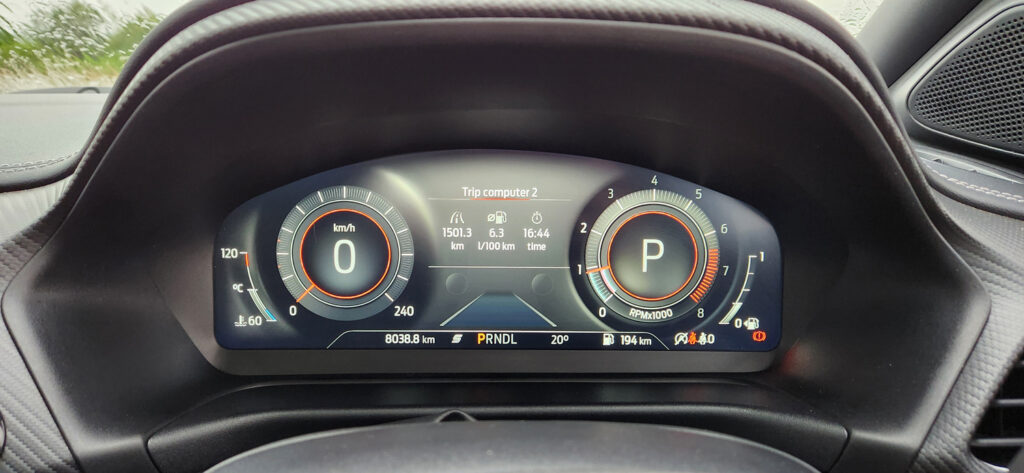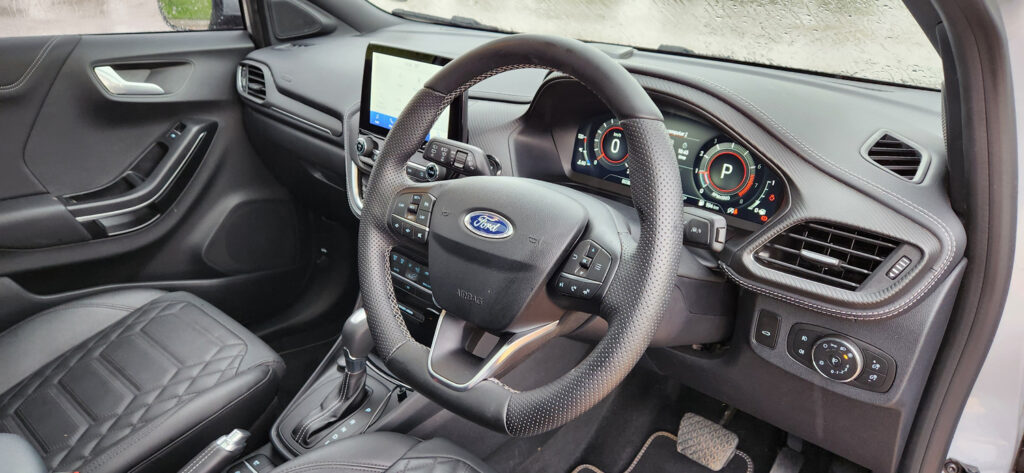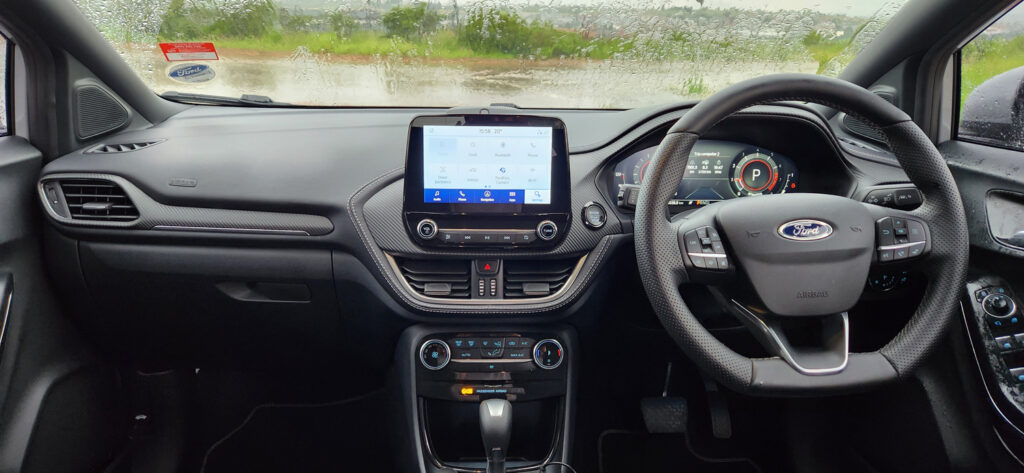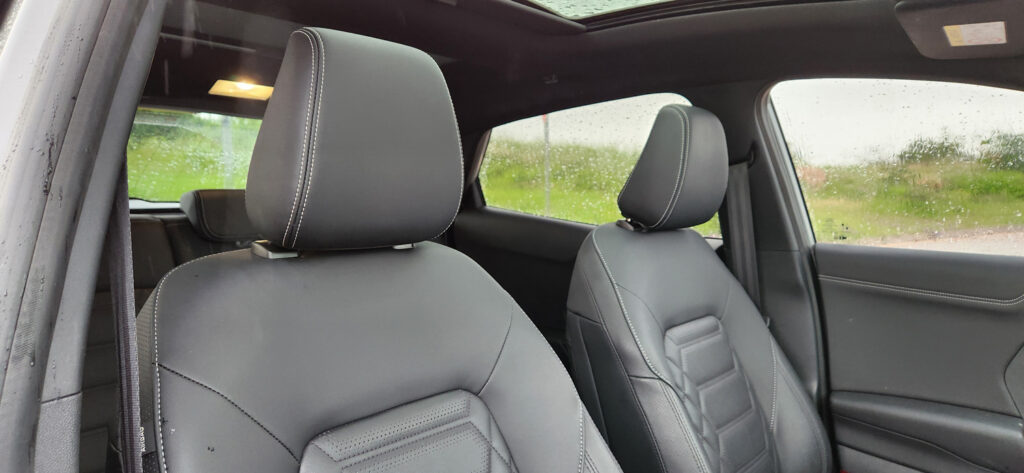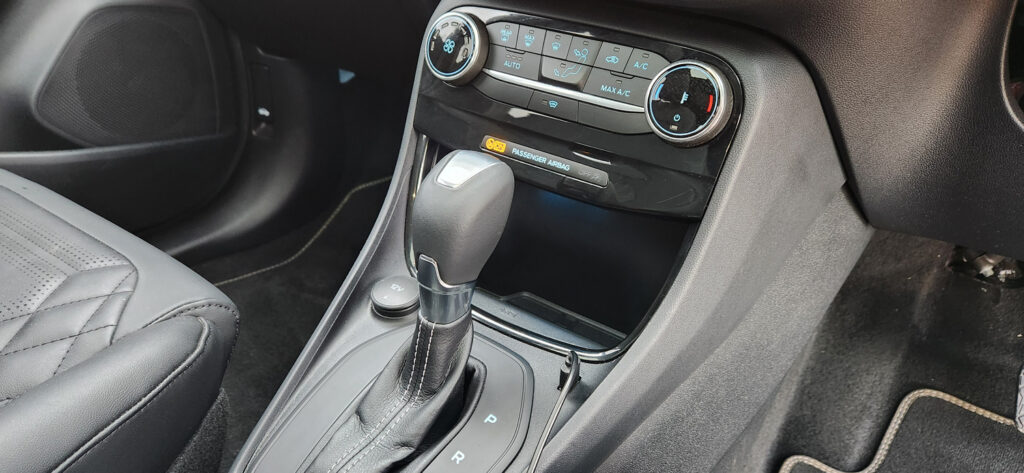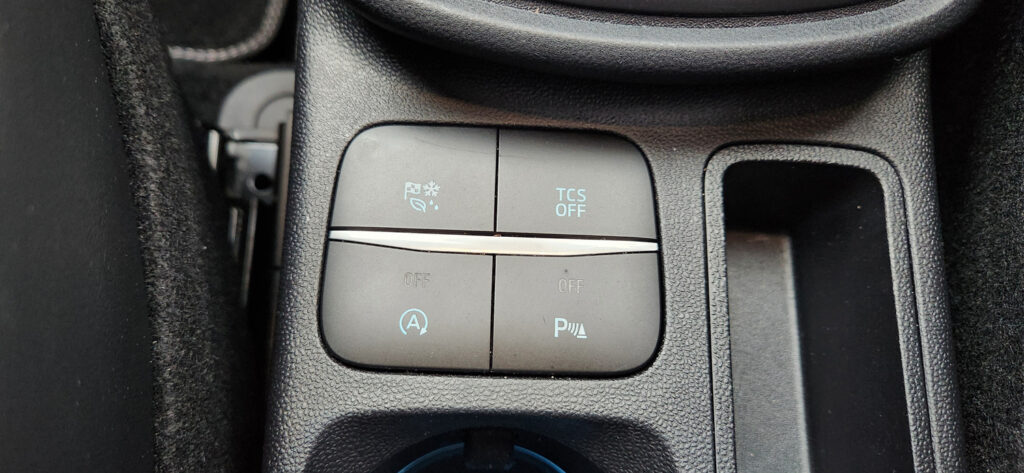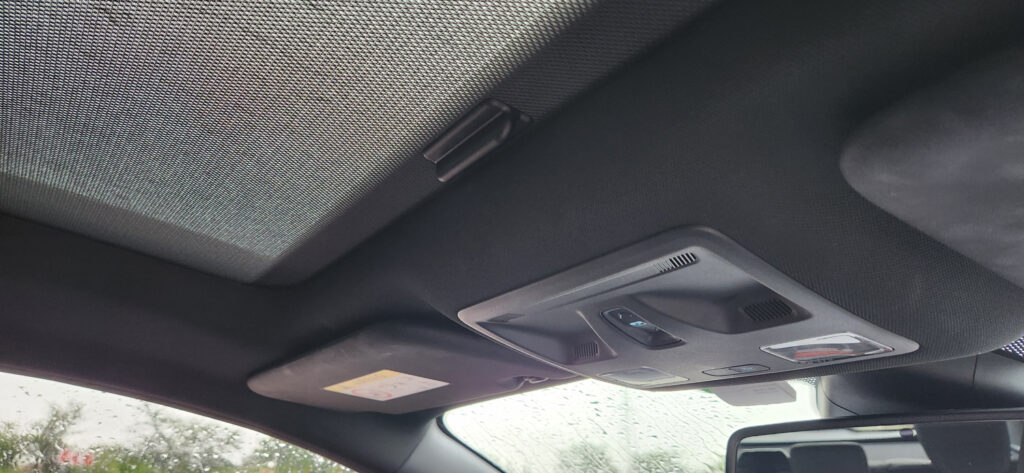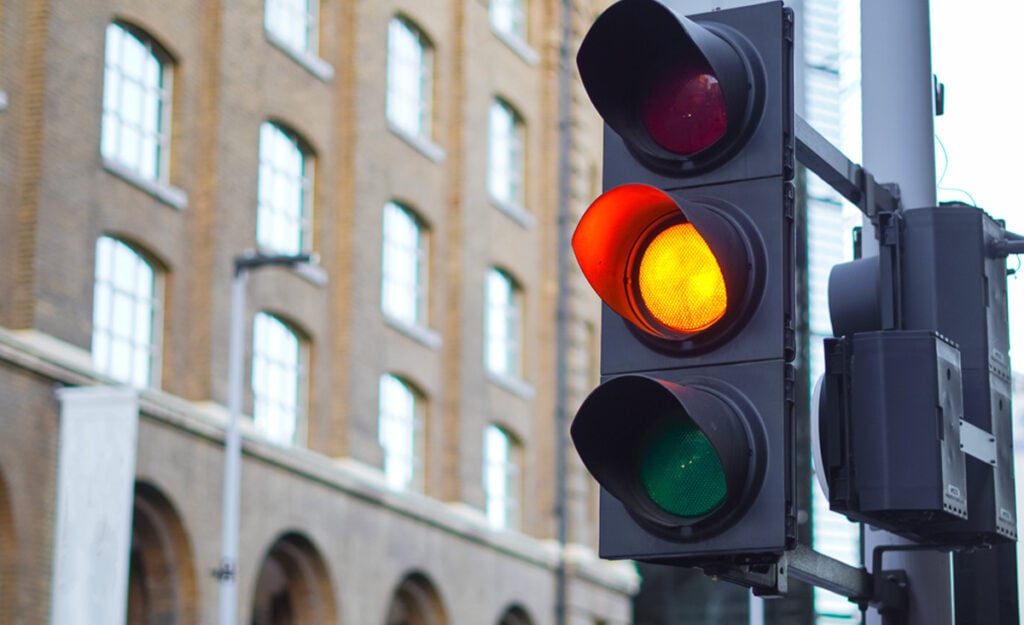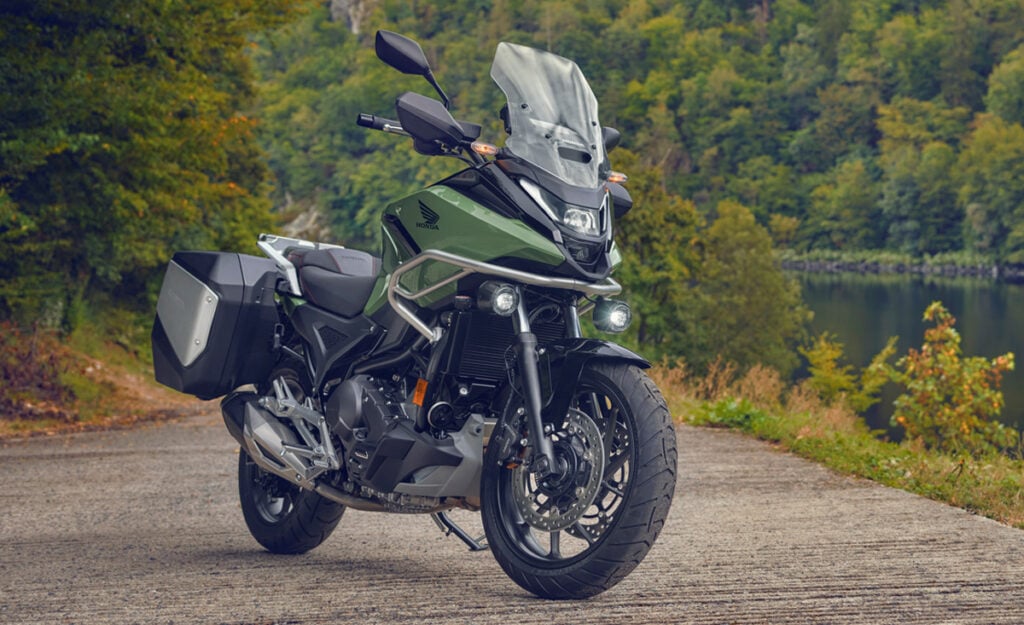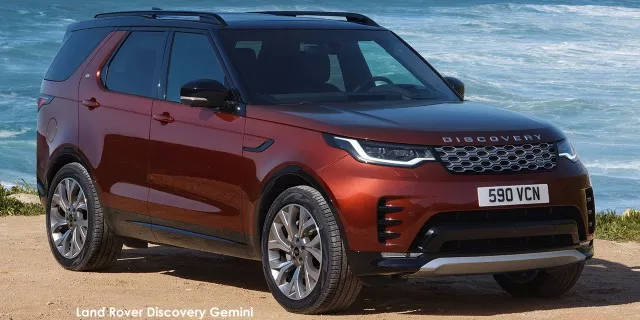Ford Puma long-term review – The Fiesta lives on in spirit
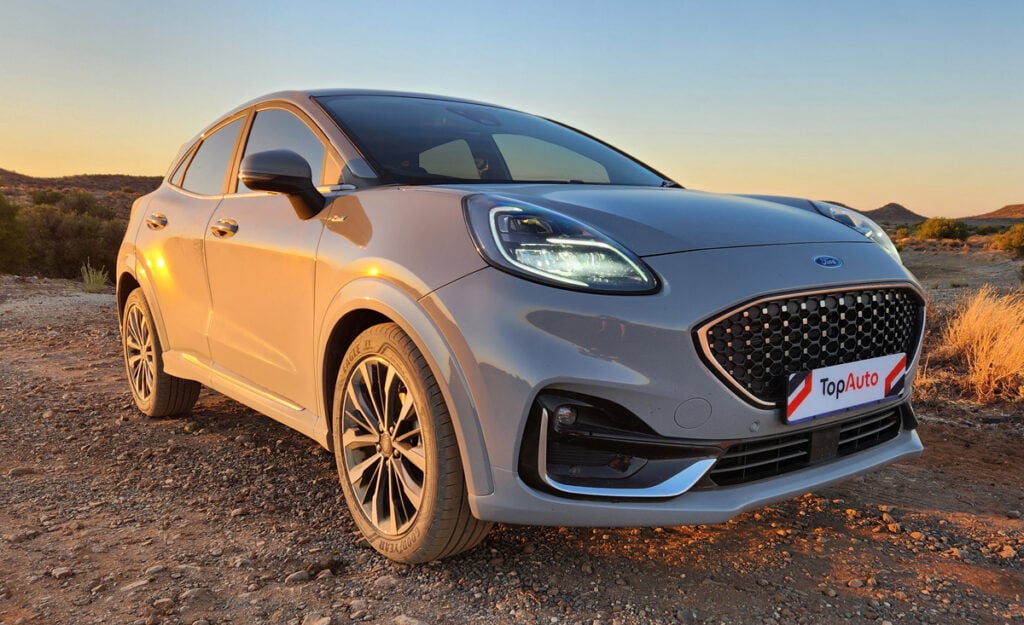
The Ford Puma is a stylish and sporty crossover that’s incredibly fun to drive, showing that the spirit of the fan-favourite Fiesta lives on.
The Blue Oval was kind enough to provide me with a Puma for the December holiday, and even after putting a good number of kilometres on the metre, I still wish I got to spend more time with it.
Where to begin
While the Puma made its international debut back in 2019, its a relatively recent addition to Ford South Africa’s catalogue, appearing in showrooms in late 2023.
It is built on the same platform as the seventh-generation Fiesta, and is ostensibly the brand’s entry-level passenger car below the Territory SUV, now that all of its hatchbacks like the Figo, Fiesta, and Focus have been discontinued.
There’s nothing entry-level about the Puma’s presentation, however, as the build quality and design of the car continued to impress throughout the holiday I spent with it.
During this time, I drove the Ford all the way from my home in Centurion, Gauteng to Cape Town and back to visit family over the Christmas period, which gave ample opportunities to put it to the test in all sorts of conditions, from long distance hauls to bumpy terrain, twisting roads, and heavy traffic.
The Puma is available in two specifications – the Titanium and the ST-Line Vignale – but both options run on the same 1.0-litre turbocharged petrol engine putting out a total of 92kW and 170Nm.
A 1.0-litre engine may not sound like a lot on paper, but the crossover performed admirably across a variety of conditions, starting with the lengthy commute down to the coast.
It can easily pick up to highway speeds without issue, after which you can set the cruise control at 120km/h and enjoy the 1,500km drive to Cape Town, at least in theory.
The reality, of course, is that the N1 is jam-packed with heavy trucks and other motorists these days, but the Puma made quick work of every overtake, even when it involved passing multiple trucks on a lengthy straight.
This is all in the default Normal mode, mind you, as I was on a mission to test out just how frugal the car’s fuel consumption really is.
The Ford can switch between different driving modes on the fly using a small button in the centre console, comprising Normal, Eco, Sport, Slippery, and Off-road, and I left it in Normal for the entire journey barring two exceptions.
The first was when I drove through a torrential downpour, where I lowered my speed and tried out the Slippery setting, which reduces the throttle response and optimizes gear shifts to maintain traction in hazardous conditions.
The other time came at the end of the first day of traveling, when a few friends and I went to stay at a remote chalet in the Northern Cape.
Getting to the chalet meant leaving the N12 and driving on a bumpy dirt track, which was a good excuse to try out the Off-road mode.
Naturally, this was where the Puma struggled the most during my time with it. It’s clearly not meant to tackle terrain much rougher than a grassy field.
It’s also worth mentioning that the ST-Line comes with stiffer, sport-tuned dampers that didn’t help on the dirt track, but the crossover still got the job done in the end.
The Ford Ranger is obviously the better choice if your primary intention is off-roading, but considering that the Puma has better ground clearance than an equivalent hatchback, it’s still versatile enough to occasionally go off the beaten path.
Another day’s worth of driving and I was finally in Cape Town, where the Puma felt right at home with nice roads and beautiful vistas where its other driving modes could come into play.
The Cape’s notoriously busy roads meant that Eco mode very quickly became the standard, which dramatically lowers the throttle response to save on fuel and helps to promote a more relaxed driving style.
This worked well in tandem with the Auto Stop/Start in traffic, and I appreciate how you can easily turn the function off with a button in the centre console.
Similarly, there’s lane-keep assist, which was useful while being fairly unobtrusive, but which can also be toggled on and off with a single button found in the left spoke behind the steering wheel.
The Puma scores very well when it comes to user-friendliness overall, as just about every major function has its own button within easy reach of your sitting position, meaning it avoids the pitfall of other modern cars that relegate everything to the touchscreen.
Speaking of, I will admit that one of my biggest concerns prior to getting the Puma was its older Sync 3 infotainment screen, in contrast to the Sync 4 system found on Ford’s other vehicles, but I was pleasantly surprised with how well it holds up.
The general look and feel of the display betrays its older design, but in terms of functionality, it is still responsive and easy to navigate, but you’ll need a cable to connect your phone beyond what Bluetooth can offer.
I am not a fan of wired connections owing to previous experiences with my phone constantly disconnecting while driving, but I had no such issues with the Puma and Android Auto worked like a charm.
However, another failing of a wired connection is that you need multiple cables if the people in your household use different phones, which is a pain and meant no one with an iPhone could connect with my Samsung plug.
That aside, when you are able to get your device working, you’ll be treated to an absolutely stellar Bang & Olufsen stereo, which was the ideal pairing for several beachside excursions with the sunroof open.
The beach also highlighted one of the Puma’s most practical features, which is its multi-layered boot.
The default boot floor is the same height as the rear door, making it easy to slide things in and remove items like groceries, which can be hung from hooks on the sides.
However, the floor can be lowered by taking it out and sliding it back in, pushing in the upper-floor mounts in the process.
With the expanded storage area, I was easily able to fit a full-size suitcase, a large boxed parcel, a shopping bag, and a backpack in the boot with more room to spare, which is very good for a vehicle of this size.
Even better, there’s another storage well below the boot floor and above the spare wheel compartment, which is perfect for putting away items such as a wetsuit or a sandy beach towel without dirtying the normal boot or the interior.
One last thing I have to mention is the Puma’s performance, which is impressive to say the least.
The 1.0-litre turbo’s 92kW and 170Nm is on par with the range-topping versions of several B-segment hatchbacks, but the Ford distinguishes itself with excellent torque delivery and a superb seven-speed, dual-clutch gearbox.
The steering is relatively heavy, but I grew to like the very deliberate movements involved in making the crossover follow the road, and Sport Mode and the ST-Line’s suspension only enhanced the experience further.
It’s a missed opportunity that the model bearing ST badges doesn’t have paddle shifters, but the dual-clutch box is so good at reading your throttle and braking inputs that you don’t really need manual control anyway.
The Puma was so fun to drive, in fact, that I was frequently making excuses to take the long route home, and on more than one occasion, I ended up taking it for a spin in the evenings once the traffic had died down, made even better by a surprisingly throaty exhaust tone and a selection of bombastic tunes on the stereo.
This is also as good a time as any to mention that the crossover has massage seats, which made a huge difference to my comfort over the 4,000km I spent behind the wheel, especially on the 3,000km trek to and from Cape Town.
Fuel consumption is also rather good for the most part, with my best figure clocking in at 5.7l/100km, though this rose to a still-decent 6.3l/100km after multiple trips into town.
As for my small list of complaints, the older-gen infotainment screen is certainly useable, but it still dates an aspect of the design relative to the brand’s newer offerings, and the lack of wireless Apple and Android connectivity is frustrating.
The massage seats are great, but it’s a bit disappointing that the seats themselves are still manually adjustable instead of electronic considering the car’s price tag.
The cabin space is pretty good overall, but there’s very little headroom for taller persons, and family members complained about the lack of rear vents for the aircon, and the absence of grab handles in the ceiling for getting in and out.
Difficult to part with
I thoroughly enjoyed my time with the Ford Puma, and it was a very sad moment when I had to hand over the keys at the end of the holiday.
The difficult question is whether or not I can recommend it, as I’ve avoided talking about the crossover’s price tag up till now.
The Puma asks for a minimum of R570,400, or up to R614,400 for the ST-Line, and there’s no getting around the fact that that is a lot of money.
Ideally, the Fiesta-based Puma would be competing with the Polo-based VW Taigo, but the latter currently goes for between R504,400 and R570,100.
The ST-Line Vignale in particular is actually closer in price to something like the R636,200 VW T-Roc, which sits in the more premium C-segment category.
The Puma is therefore in a bit of an awkward middle ground with regards to its pricing, but in fairness to Ford, the crossover does offer an extensive equipment sheet that goes beyond what you’ll find on other B-segment SUVs.
The Puma’s high sticker is sadly the result of external factors like substantial import duties and a fluctuating exchange rate, which can be said about a lot of cars in South Africa’s current landscape.
If Ford can find a way to bring the Puma’s price more in line with rivals like the Taigo, I think it has the potential to be a smash hit in our market, because what’s on offer here is very impressive.
Speaking as someone who owns a new B-segment hatchback, the best indirect compliment I can give the Ford Puma is this: if the Fiesta was still on sale in South Africa, it’d almost certainly be what I’d be driving right now.
